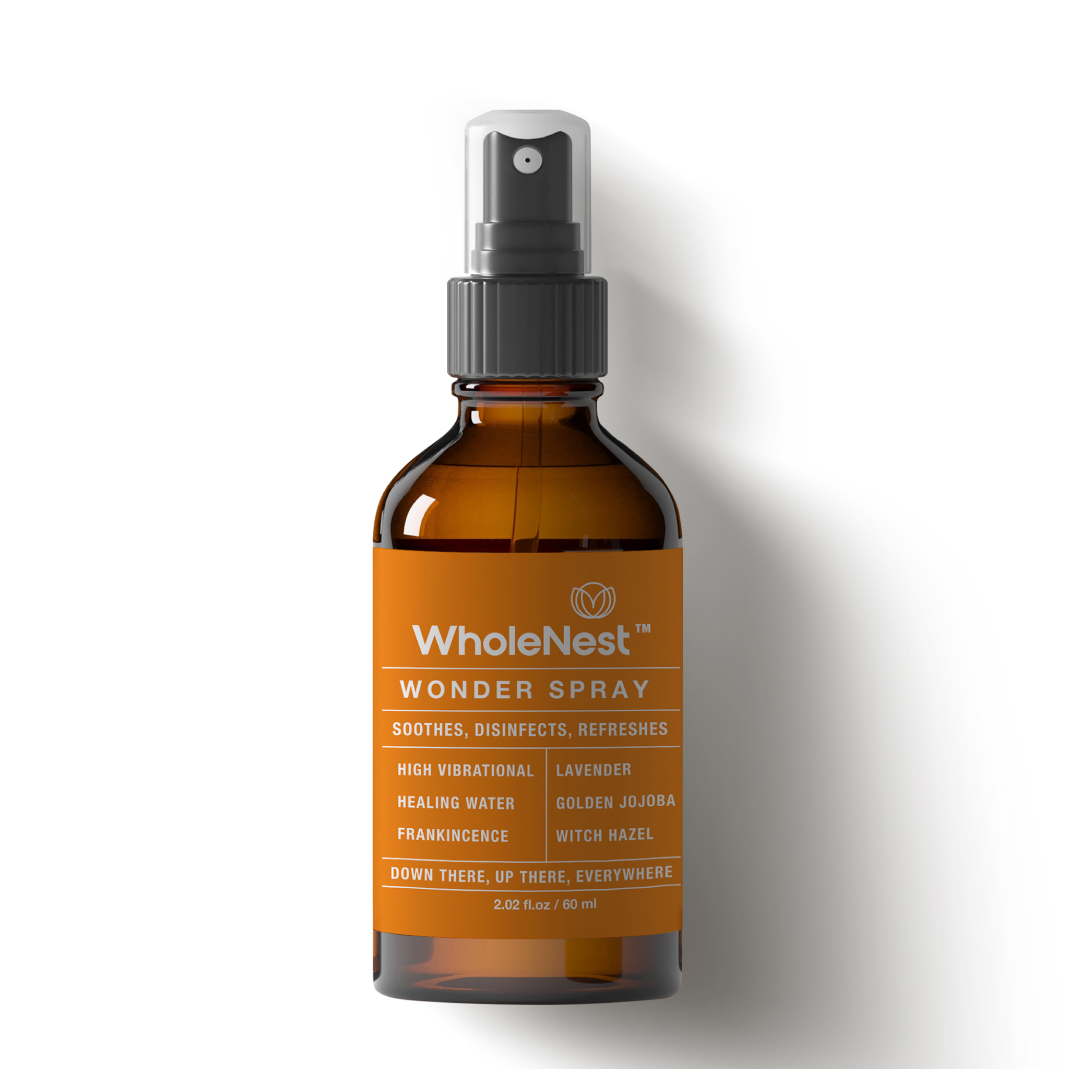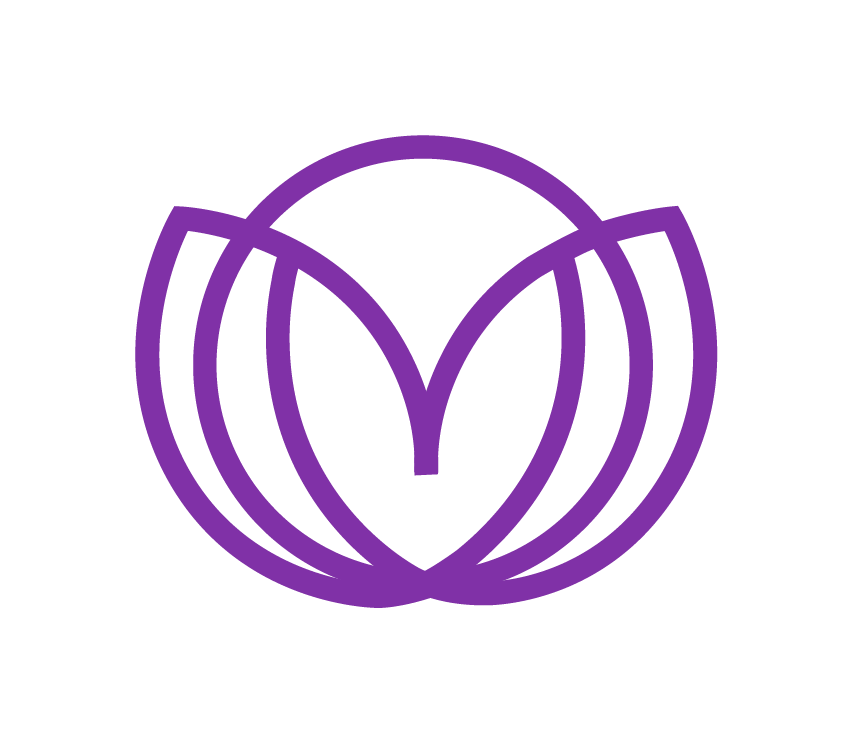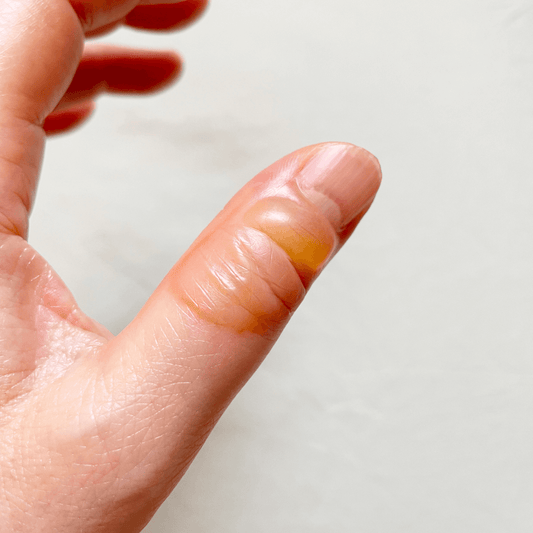Have you ever felt out of balance, experiencing physical or emotional discomfort? I know I have. That's why I am so passionate about sharing the healing power of Shiatsu therapy with other women.
Hello, and welcome to my blog! My name is Lital, and I'm the founder of Wholenest. I'm thrilled to share my Shiatsu journey with you and how it has led me to become a healing practitioner for women.
As a young woman, I was always interested in alternative healing practices. I had a deep desire to help people and to bring healing to their lives. I explored many different modalities, but it wasn't until I discovered Shiatsu that I truly found my calling.
I studied Shiatsu for three years at TLV Israel from 1999 to 2002. During my second year of school, I started working in Shiatsu and since then have deepened my knowledge and experience. After graduating from the Shiatsu school, I studied special Shiatsu techniques for one more year in a specialty Shiatsu school in Jerusalem with different masters and teachers. I specialized in children, digestive issues, and other conditions.
Over the years, I worked with different populations and participated in some projects such as working with teens in a mental institute, as well as doing Shiatsu to people in the geriatric unit in Ichilov hospital in TLV as part of a medical research. I was fortunate enough to participate in those projects and to utilize Shiatsu therapy in those institutes that were using mainly conventional western medicinal approaches. It allowed me to be an ambassador for this amazing kind of therapy.
Shiatsu therapy is based on the theory of Chinese Medicine and was developed in Japan by different masters who brought this therapy to the west. I am very much connected to Shiatsu as it combines a full knowledge of the body and its functions, with energetic work, intuition, and bodywork. I feel that this is an alignment of who I am as a person, not to mention the great advantages this treatment has, like treating chronic back aches, neck and shoulder problems, PMS, digestive issues, fatigue, general wellness, mental clarity and much more. Since Shiatsu is dealing with the Qi (energy, life force) that runs naturally in our bodies, and this Qi can either get stagnant or deficient, depending on the person, the patient will experience overall relief, will get more balanced, as we are harmonizing the QI in the body.
The journey continued as I went on to become a certified Shiatsu therapist and started incorporating this incredible practice into my holistic approach to healing. Shiatsu, which means “finger pressure” in Japanese, is a form of massage that works on the body’s energy channels, helping to restore balance and promote relaxation.
One of the things that drew me to Shiatsu was its focus on the whole person – body, mind, and spirit. Rather than just treating symptoms, Shiatsu works to address the root causes of discomfort or pain. By stimulating the body’s natural healing abilities, Shiatsu can help relieve stress, improve circulation, and promote deep relaxation.
As I continued to practice Shiatsu, I found that it was particularly effective for working with women. Many of the women I saw were struggling with fertility issues, pregnancy discomfort, or postpartum recovery. Shiatsu was a powerful tool for addressing these concerns, helping women to feel more balanced, relaxed, and grounded.
In addition to working with women during pregnancy and postpartum, Shiatsu can also be beneficial for women experiencing menstrual discomfort, hormonal imbalances, and other reproductive issues. By supporting the body’s natural rhythms and balancing the flow of energy, Shiatsu can help to ease pain and promote overall well-being.
I specialize in working with women. As a woman and mother myself, I understand the unique physical and emotional challenges that we face throughout our lives. Shiatsu can help to address a range of women's health concerns, including menstrual pain, fertility issues, pregnancy discomfort, postpartum recovery, and menopause symptoms.
But Shiatsu is not just for addressing specific health concerns. It can also be a powerful tool for self-care and stress relief. In today's fast-paced world, it's easy to become overwhelmed and disconnected from our bodies. Shiatsu offers a way to slow down, tune in, and connect with ourselves on a deeper level.
If you’re new to Shiatsu, you may be wondering what to expect from a session. Typically, a Shiatsu session will begin with a brief consultation to discuss any concerns or issues you may be experiencing. You’ll then lie down on a comfortable mat or futon while the therapist uses finger pressure, stretching, and other techniques to work on your energy channels.
During a Shiatsu session, you’ll remain fully clothed, so it’s a good idea to wear loose, comfortable clothing that allows for movement. You may also be asked to remove your shoes and socks.
Overall, Shiatsu is a gentle yet powerful form of bodywork that can have a profound impact on your physical, emotional, and spiritual well-being. If you’re looking for a holistic approach to healing that honors the whole person, Shiatsu may be just what you need. So why not give it a try and see what it can do for you?
FAQ:
Here are some of the most common questions I get from my clients:
Q: What can I expect from a Shiatsu session with Lital? A: Each session is unique and tailored to your individual needs. Typically, a session begins with a brief intake to discuss your health history and goals for the session. You will then lie down on a comfortable mat or table, fully clothed. Using gentle yet firm pressure, stretches, and movements, I will work to release tension and promote relaxation throughout your body. Many people describe the experience as deeply relaxing and rejuvenating.
Q: Is Shiatsu safe during pregnancy? A: Yes, Shiatsu can be a wonderful tool for supporting a healthy pregnancy. However, it's important to work with a practitioner who is trained and experienced in working with pregnant women. At Wholenest, I have extensive training in prenatal Shiatsu and can help to address common discomforts of pregnancy while ensuring the safety of both you and your baby.
Q: How often should I receive Shiatsu sessions? A: The frequency of sessions depends on your individual needs and goals. Some people benefit from weekly or bi-weekly sessions, while others prefer to come in for occasional "tune-ups." Together, we can create a plan that works best for you.
Q: Do I need to remove my clothing for a Shiatsu session? A: No, Shiatsu is typically performed fully clothed. It's best to wear loose, comfortable clothing that allows for ease of movement.
Q: Is Shiatsu painful? A: No, Shiatsu should not be painful. While some pressure may be applied to certain areas, it should always be within your comfort level. If you experience any discomfort during a session, it’s important to let your therapist know so that adjustments can be made.
Q: What should I expect after a Shiatsu session? A: After a Shiatsu session, many people feel relaxed, energized, and more balanced. You may also notice improved sleep, digestion, and overall well-being.
Q: How often should I receive Shiatsu treatments? A: The frequency of Shiatsu treatments will depend on your individual needs and concerns. Some people find that a monthly session is enough to maintain balance and well-being, while others may benefit from more frequent sessions.
At Wholenest, I believe that healing is a holistic process that involves the whole person - body, mind, and spirit. That's why I incorporate Shiatsu therapy as a key part of our holistic approach to healing. Through Shiatsu, we can address physical issues, emotional imbalances, and spiritual blocks.
If you have any questions about Shiatsu, or if you would like to learn more about how it can support your own health and wellbeing, please don't hesitate to reach out. I am always happy to connect with new people and share my knowledge and experience.





